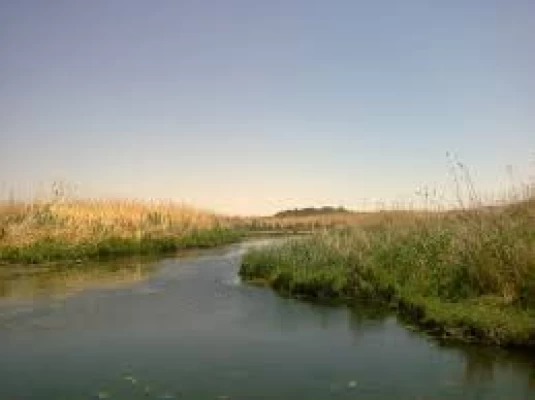
Azraq Wetland Reserve
Azraq Wetland Reserve
Azraq Reserve - For thousands of years, the Azraq Basin region consisted of a huge expanse of mudflats, ponds and marshes, establishing Azraq as one of the most important oasis cities in the Levant. But since large-scale water pumping to thirsty Oman, the wetlands have all but disappeared. Fortunately, the Royal Society for the Protection of Nature has worked to preserve and restore what remains, and it remains a fascinating place to visit.
Although only 10% of the original wetlands remain, some 300 species of resident and migratory birds use the wetlands during their winter migration from Europe to Africa, including raptors, larks, songbirds, sparrows, geese, eagles, vultures, plovers, and ducks. Some buffalo swim in the marshy areas, and wolves and gerbils can sometimes be spotted late in the evening.
The best time for bird watching is winter (December through February) and early spring (March and April). In May, large groups of raptors come steadily. But ultimately, bird populations depend on the reserve's water levels, and as water continues to be pumped out faster than it is pumped in, the future of the oasis remains in jeopardy.
The 1.5-kilometer swamp trail through the reserve, which takes about 30 minutes on foot, gives you an idea of the former beauty of the wetlands. The scenic route takes advantage of the natural paths sketched out by water buffalo, which are still found wandering in the swamps. Grab a pair of binoculars and stop by the bird hide to spot ducks squabbling among the seasonal reed beds. Noteworthy is a viewing hide overlooking Sheshan Springs: These springs once watered the entire wetland, and the refreshing sound of the wind amid the dense reeds makes you forget how close the desert is.
In 2017, a project to restore a new pond (dubbed the Swiss Pond after the source of funding for the project) began, pumping water back into the ground. When we visited, flocks of tadpoles were already gathering on its banks; within a year, it was expected to be filled with reeds and other marsh plants, and to attract birds again. The Azraq Wetland Reserve is located 500 meters east of Azraq and is indicated by a signpost on the main road.














